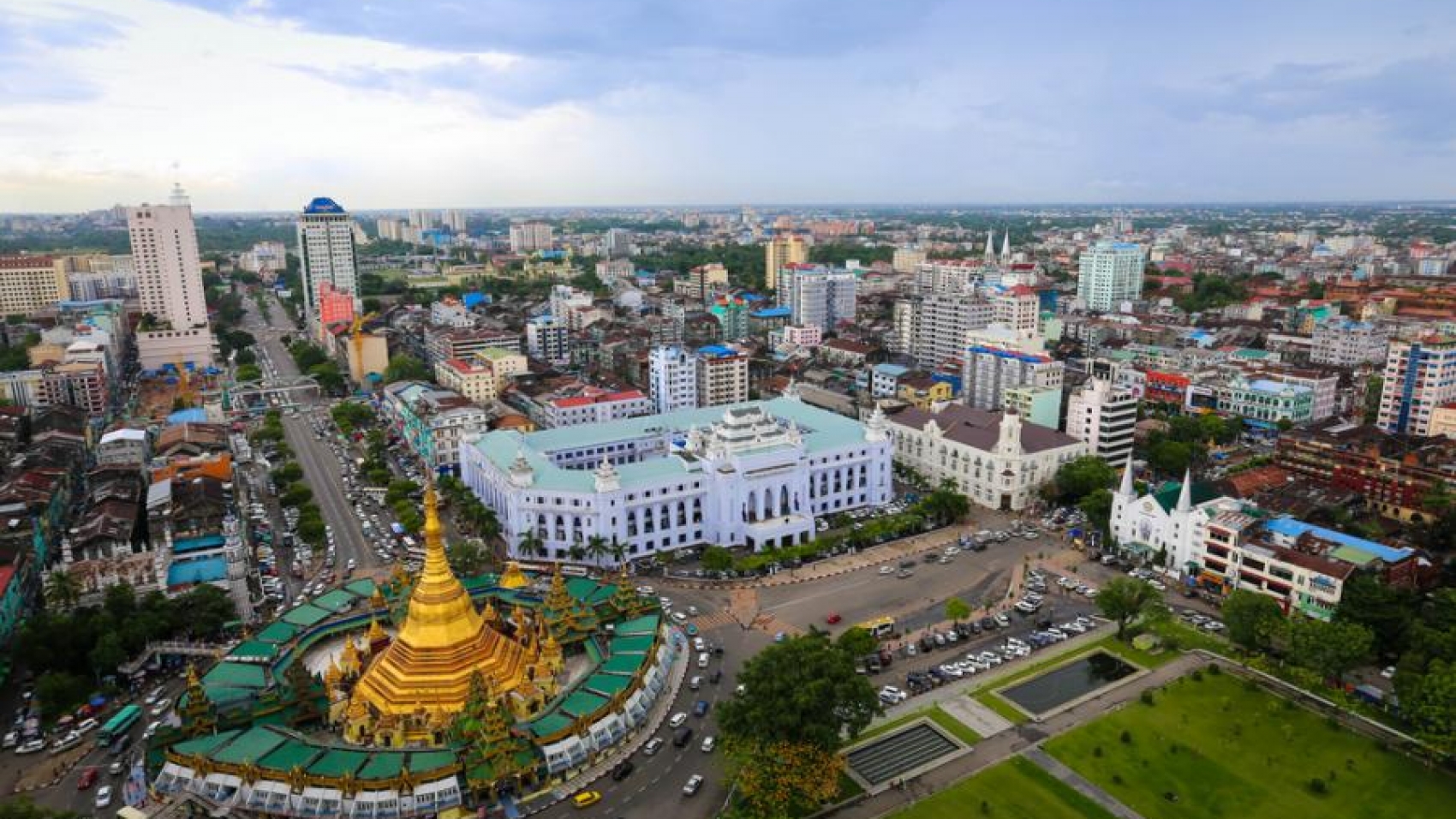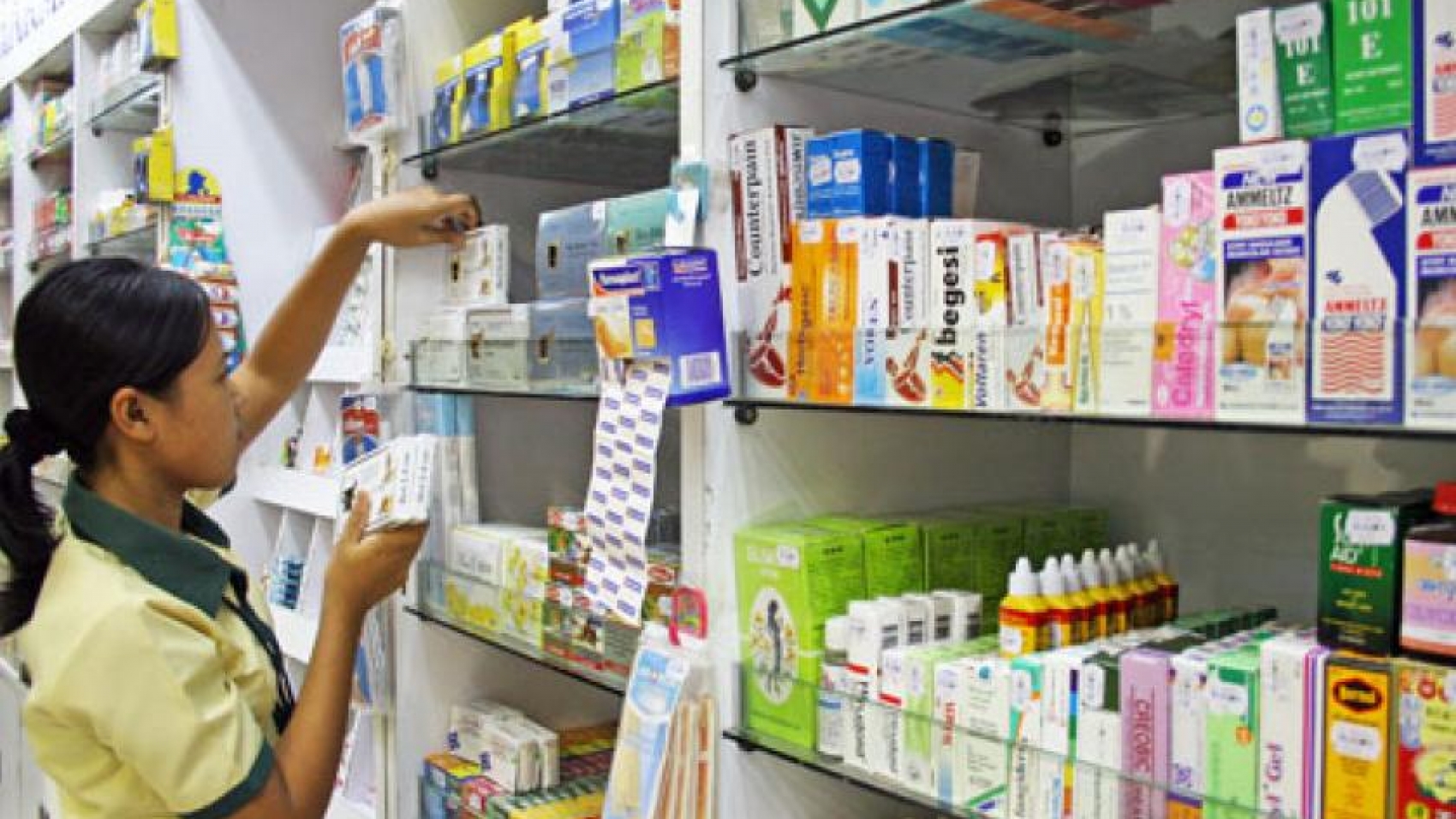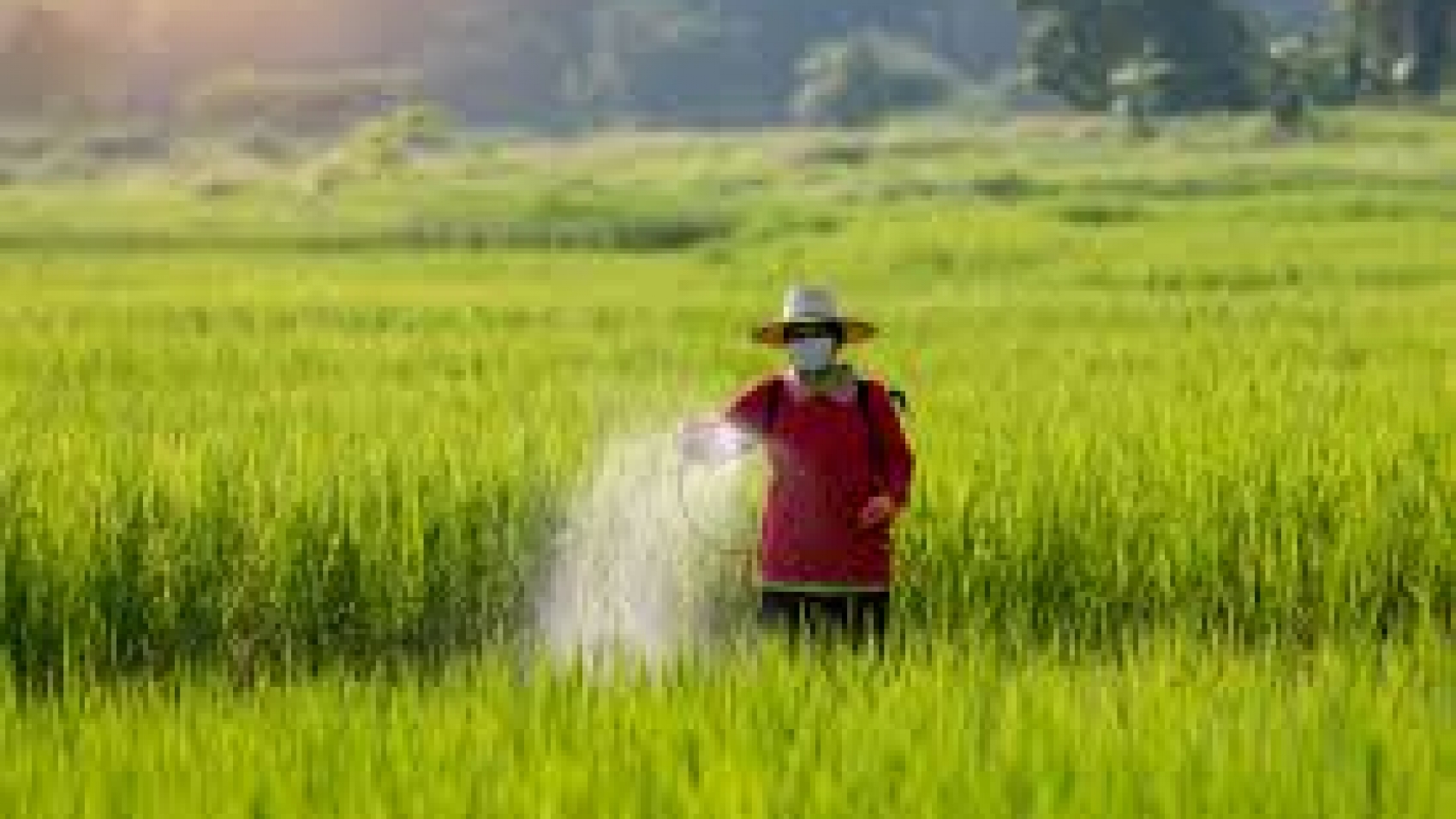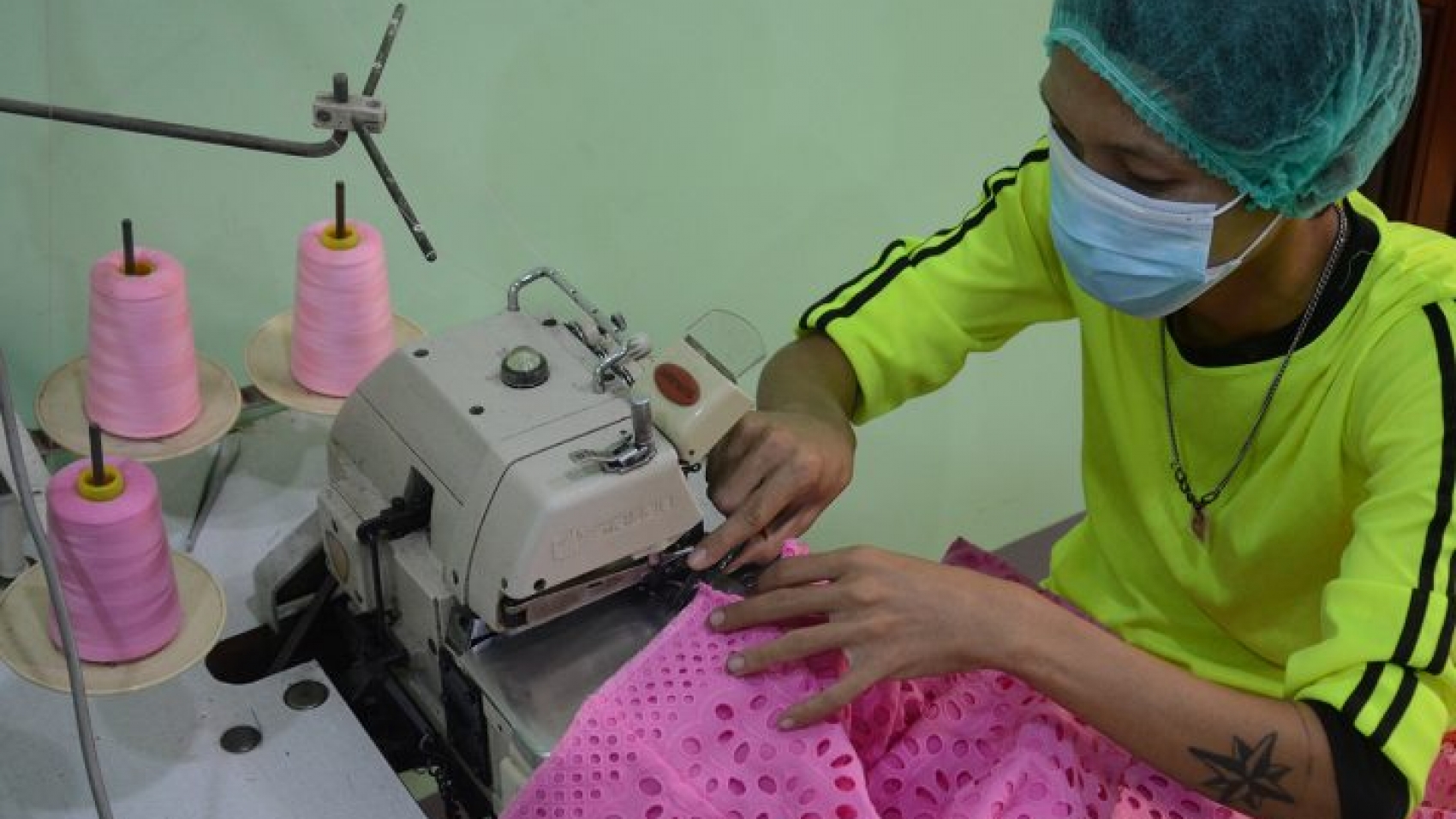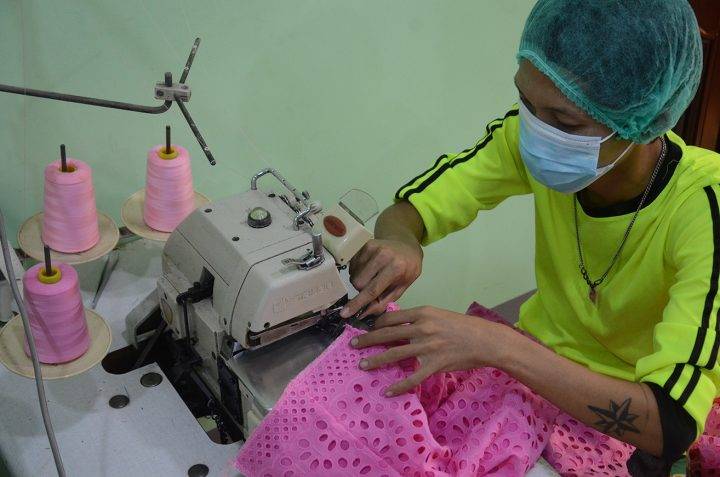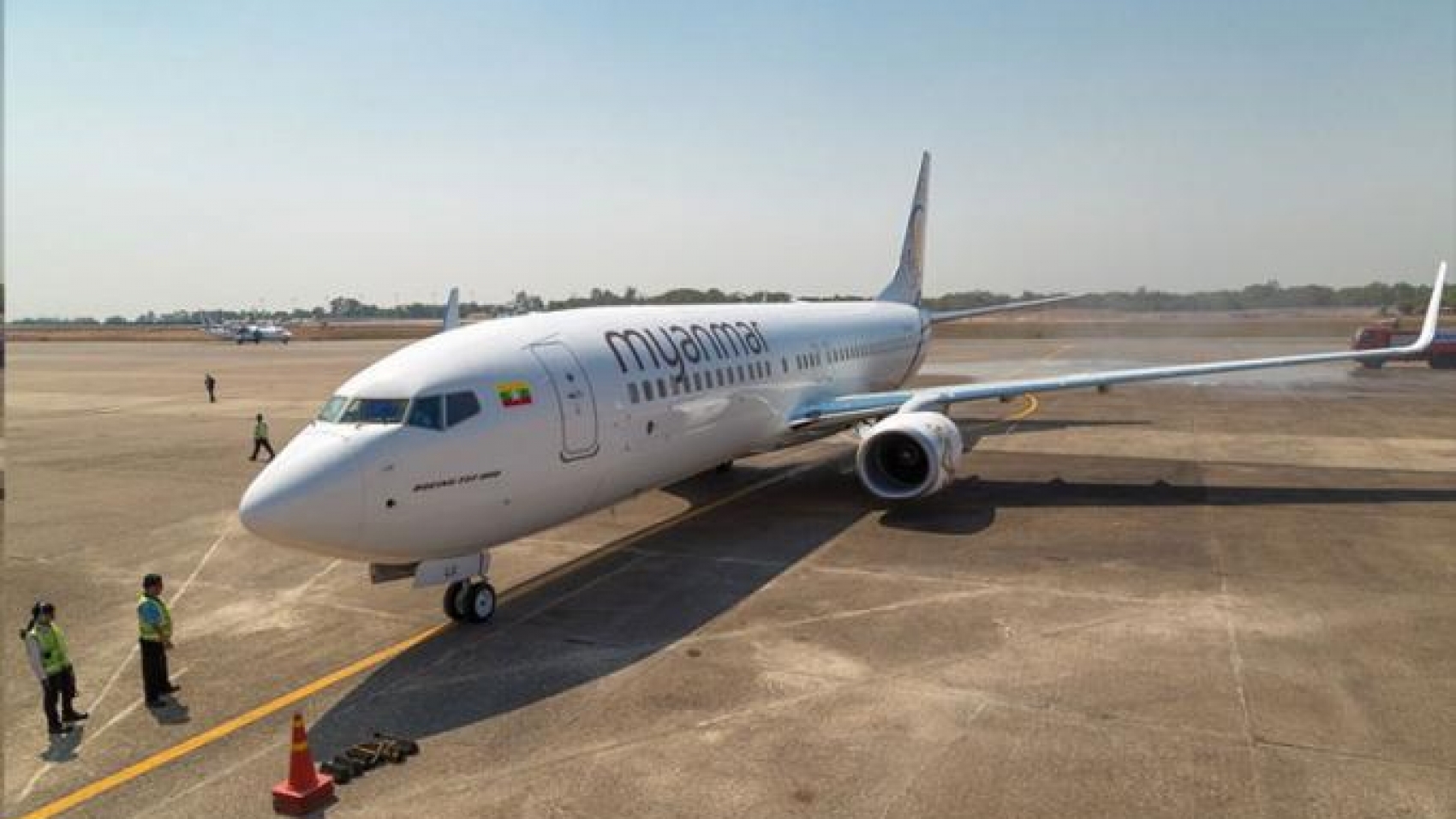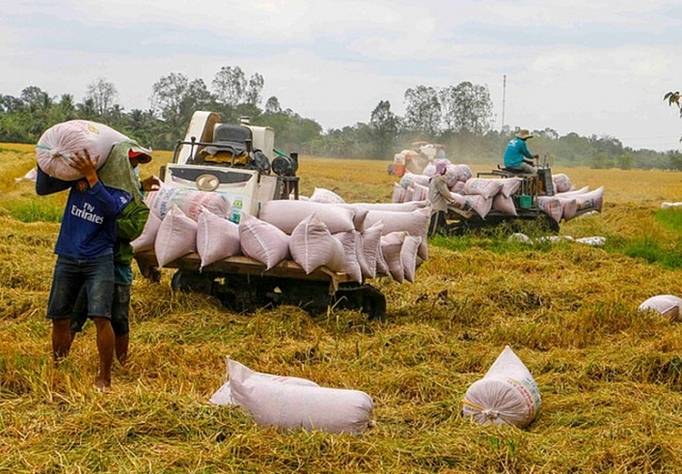
Myanmar is expected to export 2.5 million tonnes of rice and paddy in the 2019-2020 fiscal year, and more than 2.5 million tonnes of rice and paddy were exported more than 20 days before the end of the fiscal year, according to the Myanmar Rice Federation. In the 11 months from October 1 to September 11 of the 2019-2020 fiscal year, 2.531 million tonnes of rice and broken rice were exported, earning $ 774.891 million. During that period, it exported 1.583 million tonnes of rice to 66 countries, earning $ 517.1858 million. It earned $ 257.733 million from exporting about 950,000 tonnes of broken rice to 60 countries.
In the current fiscal year 2019-2020, up to 2.5 million tonnes of rice and broken rice can be exported. The 2019-2020 fiscal year will end at the end of September, just days before the end of the fiscal year. By the end of the fiscal year, more than 2.5 million tonnes of rice and broken rice had been exported. Myanmar exports both rice and broken rice through both seaborne and cross-border trade. In the first 11 months of the current fiscal year, seaborne trade accounted for more than two million tonnes of rice and broken rice, accounting for 84% of total exports. Over 400,000 tonnes of rice and broken rice were exported from border trade points, earning more than $ 120 million, accounting for 16 percent of total exports. Of the 66 rice exporters, China is the largest exporter of more than 540,000 tonnes. Of the 60 countries that exported broken rice, Belgium was the largest exporter, with more than 240,000 tonnes.
According to the annual acreage and yield of paddy in Myanmar, in the 2014-2015 financial year, 17722355 acres (over 17 million) were planted and 264233319 tons (over 26 million) were produced. In the 2017-2018 financial year, 17930294 acres (over 17 million) of paddy fields were planted and the yield was 25624492 tons (over 25 million), which is the lowest year in the last four years. In the 2018-2019 fiscal year, 17861055 acres (over 17 million) of paddy fields were planted and the yield was 27573589 tons (over 20 million), which is the highest paddy yield period in the five years from the 2014-2015 fiscal year to the 2018-2019 fiscal year.
Source: The Global New Light of Myanmar

